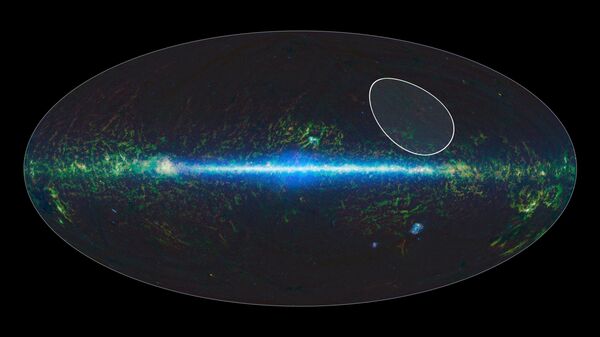A recent study "provides new clues in this mystery of galactic proportions," said NASA, after scientists found a free-floating, planetary-mass object within a young star family called the TW Hydrae association.
The newly discovered planet, called WISEA 1147 for short, is thought to be up to ten times the size of Jupiter.
"The features on this one screamed out, 'I'm a young brown dwarf,' " said Adam Schneider, lead author of the study due to be published in The Astrophysical Journal.
But despite its size, tracing the origins of free-floating worlds to see if they are indeed planets or brown dwarfs is tricky — because they are so isolated and lonely.

"We are at the beginning of what will become a very hot field — trying to determine the nature of the free-floating population and how many are planets versus brown dwarfs," co-author of the study Davy Kickpatrick of NASA's Infrared Processing and Analysis Center at the California Institute of Technology in Pasadena said.
By studying lonely planets, like the WISEA 1147, astronomers hope to learn more about what they're made out of — as well as weather patterns on isolated worlds.

